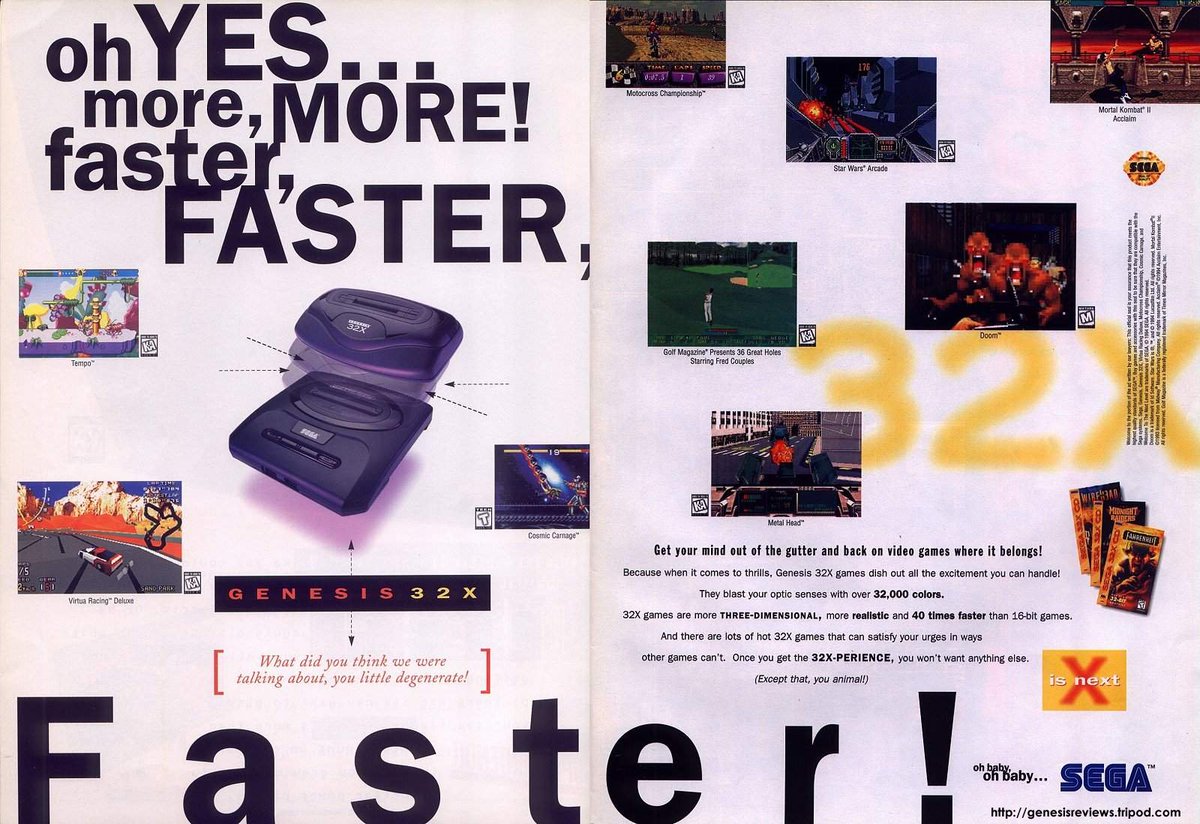a "flop" is a floating point operation. An operation refers to any sort of mathematical operation, like addition, subtraction, multiplication, division. Floating point refers to the type of data this type of operation is performed upon. This all relates to bits, and how numbers are represented in bytes.
Bits are binary digits, representing either 1 or 0. Alone, a single bit is pretty much meaningless, which is why a byte, or 8 bits in a row, is the smallest unit of data that computers can normally process. If you sit and map out every possible combination of 1 and 0 bits that 8 in a row (1 byte) can be, you'll find you arrive at 256 different combinations. This means you can represent 256 unique numbers - like 0 to 256, or -128 to 127, with one byte. If you want to represent more numbers, you need more bits. The number of bits present, determines the number of unique combinations that can be represented.
These combinations can be toggles for lots of different things. They could hold values that represent colors in a palette. If your palette is 4 bits wide, you can only represent 16 colors (this is what the Super NES and Sega Genesis usually use to draw pixels with on screen, with each byte therefore representing two pixels). They could hold the number of hit points your character has. Data can actually be as many bits wide as you want, but the size the CPU processes limits what kinds or how fast you can perform math on these numbers. So like, say you had an 8-bit processor, and you're making an RPG, and you need 16 bits to represent thousands of hit points for your character. Your processor works a single operation only 8 bits at a time, so it'll need multiple cycles to process larger operations on a 16-bit number.
All of the above is essentially for whole numbers, you notice we haven't mentioned decimal places. Be mindful that there are only so many permutations of 1s and 0s available in any given bit string to represent all possible combinations of numbers. This presents a problem for decimal numbers for trigonometry and linear algebra, the types of math heavily used for 3D calculations. With these kinds of math, you might be dealing with numbers like 12.000032 where those trailing digits past the decimal really, really matter. With the method of storing numbers we used above, we where we mapped single numbers to bit-field patterns, we wouldn't have nearly enough bits present in, say, a 64-bit wide variable to represent all the values past the decimal. So instead, for decimal numbers, programmers use a standard called floating point. Floating point stores numbers in scientific notion. It does so by breaking up a 32-bit variable into various smaller bit-string patterns to store different parts of a scientific notation number.
It's getting really into the weeds to talk about exactly how these numbers are broken up into segments, not least of which because floating point numbers use a rarely used method for representing negative numbers than most programmers are used to, but the long short of it is that a floating point number is made up of data that needs to be processed differently. To do math on a floating point number might require multiple cycles compared to the same math done on a non-floating point number.
a FLOP is how many floating point operations can be done in 1 second. Nothing more, nothing less. In any given moment, a game will be doing all sorts of operations both floating point or non-floating point, and the number being done in a moment can change.







